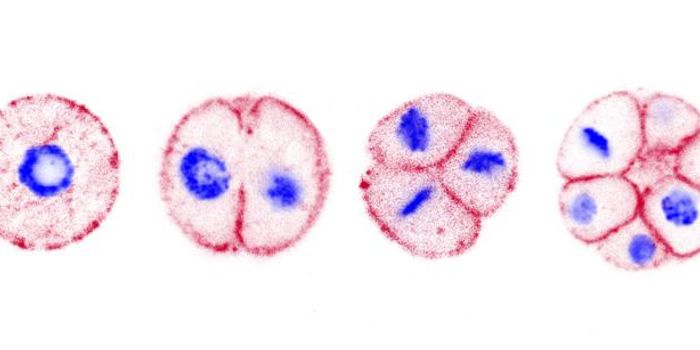Potential Treatment for Chagas Disease
Chagas disease is a condition caused by a parasitic infection; specifically, the parasite Trypanosoma cruzi (T. cruzi), and is most common in people living in poor, rural areas of Central America. In most cases, the parasite is spread through the use of insect vectors (quaintly referred to as “kissing bugs”), which spread the parasite from insects to humans. When kissing bugs bite humans, they also defecate on them. It’s in the insect fecal matter that T.cruzi lives. These parasites can then enter the body through open cuts, for example.
Some of the first signs of Chagas disease include a swollen eye, often the result of the parasite being accidentally rubbed into the eye. While many patients may only have flu-like symptoms. At least a third of patients can develop life-threatening heart damage.
Despite being a condition that affects millions of people across North and South America, there are very few treatment options available, let alone treatment options that are effective. Existing treatment options range widely in their efficacy, and they also cause a range of side effects. Because treatment with existing therapeutics can last up to two months, many people get sick of the side effects and stop treatment.
Researchers at the University of Georgia have found a potential compound that could work as an effective option with fewer side effects, revolutionizing treatment for this condition. The compound is described in a recent article published in Nature Microbiology.
The compound, called AN15368, is an antiparasitic compound that researchers hope to start exploring in clinical trials within the next few years. As an antiparasitic, the compound focuses on the direct cause of Chagas disease: T. cruzi.
The study published in Nature Microbiology explored the use of AN15368 as a treatment for infected mice and primates. The study showed that the drug was 100% effective at curing mice and primates infected with T. cruzi, with few or no side effects occurring.
Many drugs that have gone to trial have failed to yield any evidence of efficacy. The findings from this study, particularly the compound's effectiveness in primates, gives researchers some optimism about AN15368’s success in human trials.
Sources: Science Daily; Nature Microbiology








